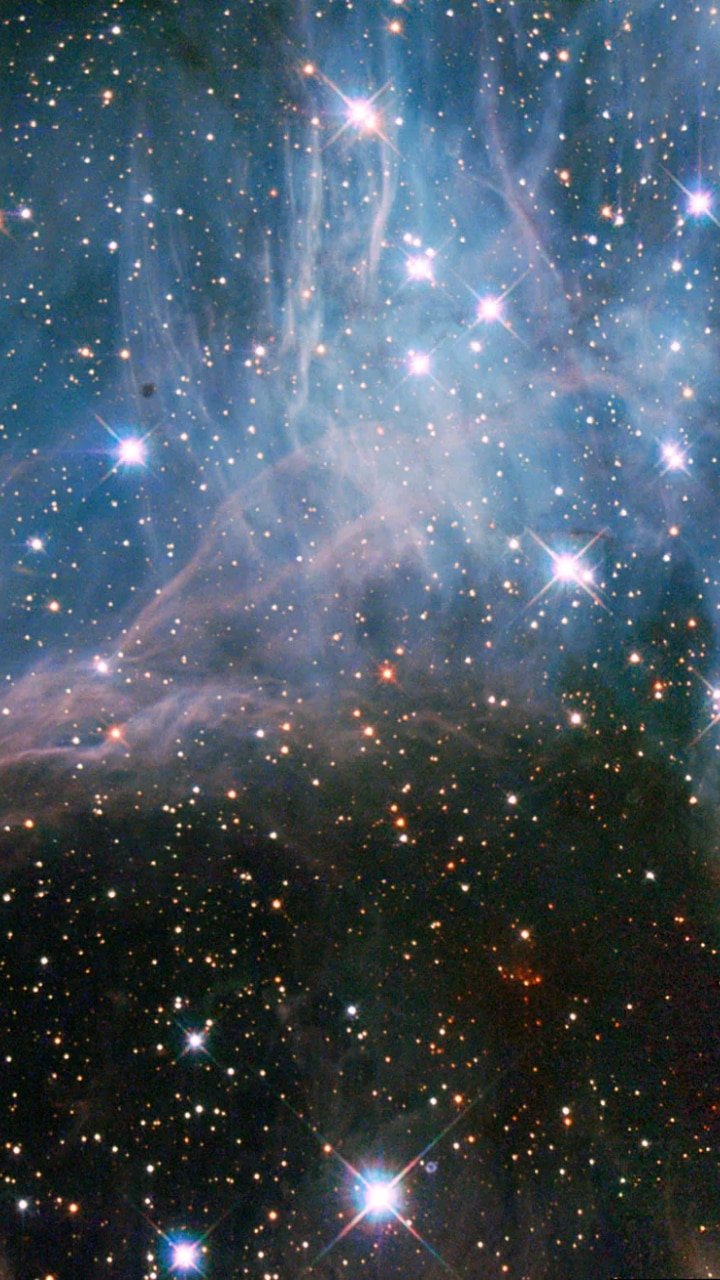[ad_1]
NGC 6441 is host to four pulsars that each complete a single rotation in a few milliseconds. Also hidden within this cluster is JaFu 2, a planetary nebula.
Hubble beholds brilliant blue star cluster: NGC 2031 contains a sizable population of Cepheid variable stars (at least 14), which are stars that brighten and dim periodically.
The stellar grouping, known to stargazers as NGC 2040 or LH 88, is a loose star cluster whose stars have a common origin and are drifting together through space.
This image, captured by the Hubble Space Telescope’s Wide Field Camera 3 (WFC3), shows the globular star cluster Omega Centauri which is located about 15,790 light-years from Earth.
Globular Cluster NGC 1850, Take One: This 100 million-year-old globular cluster is located in the Large Magellanic Cloud, a satellite galaxy of the Milky Way and a birthplace for billions of stars.
This NASA/ESA Hubble Space Telescope image shows a globular cluster known as NGC 104 — or, more commonly, 47 Tucanae, since it is part of the constellation of Tucana (The Toucan) in the southern sky.
This ancient stellar jewelry box, a globular cluster called NGC 6397, glitters with the light from hundreds of thousands of stars.
[ad_2]
Source link
